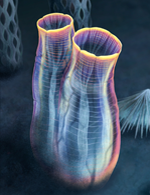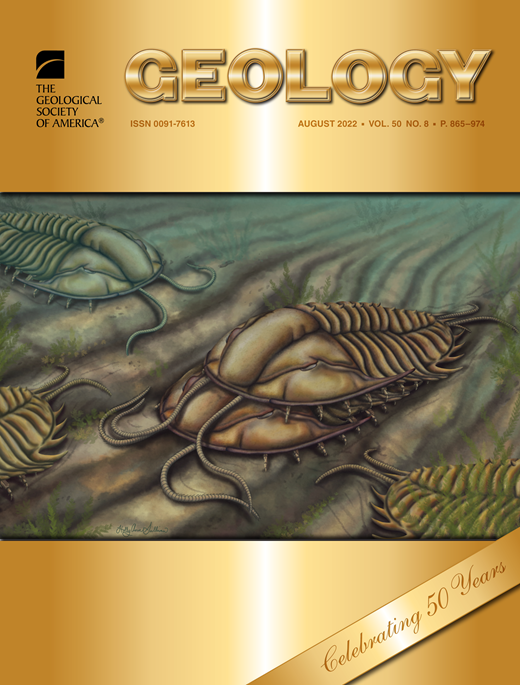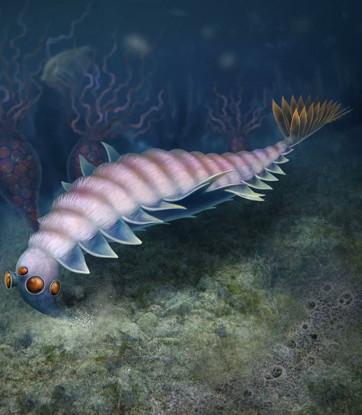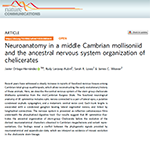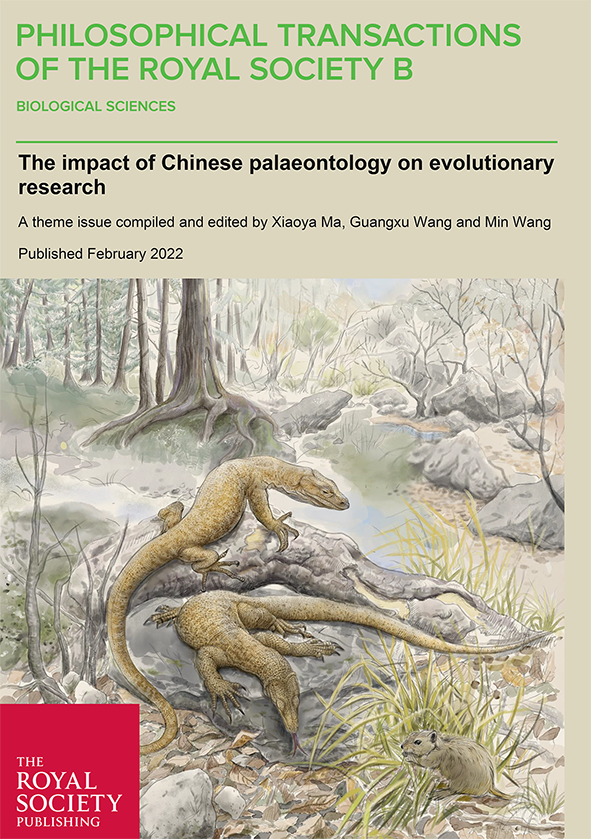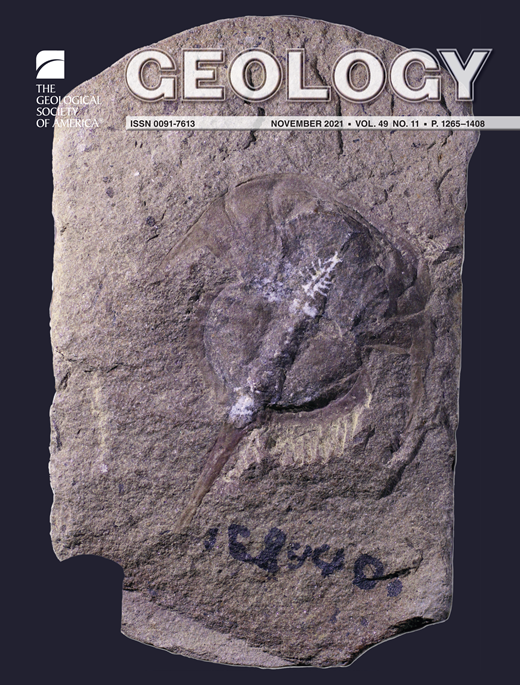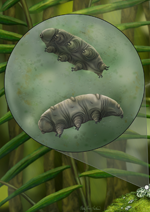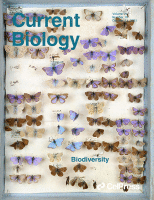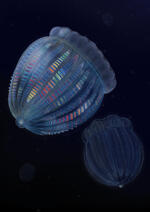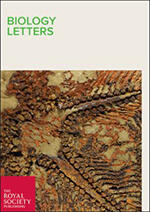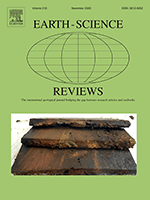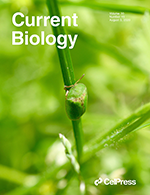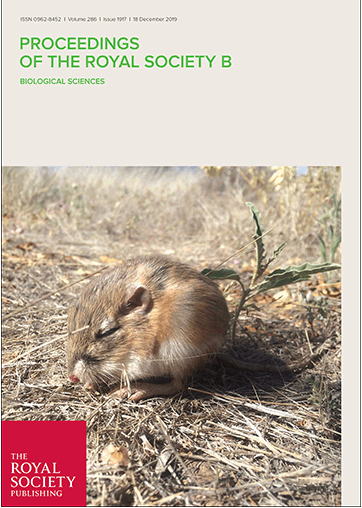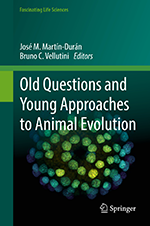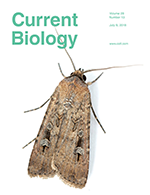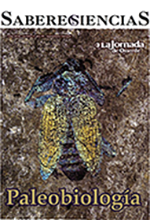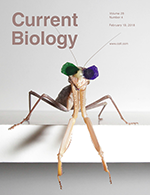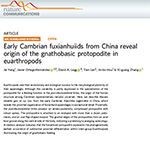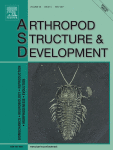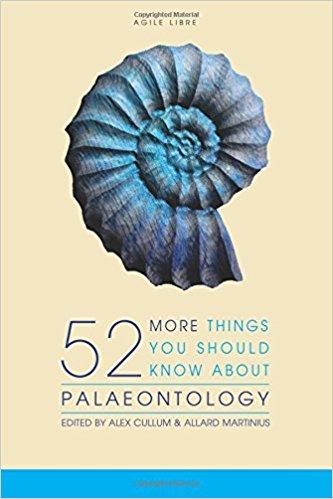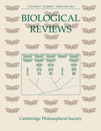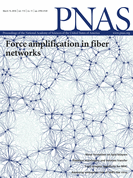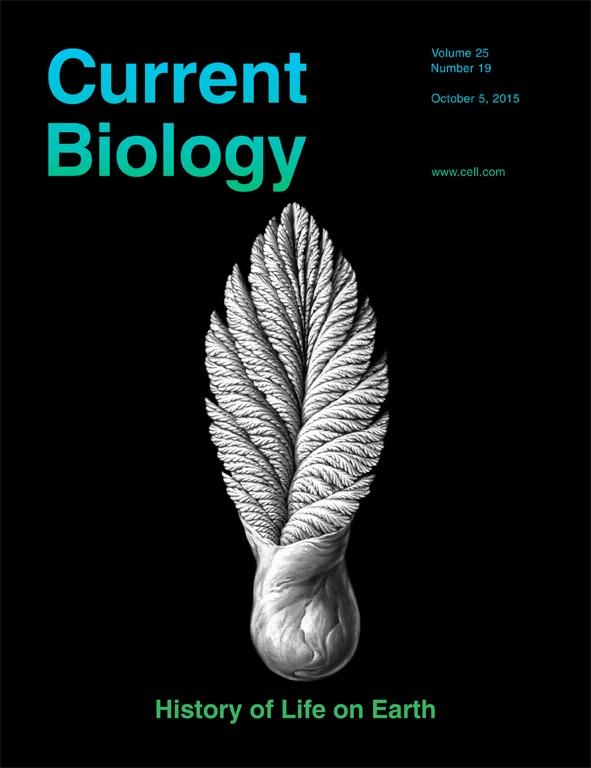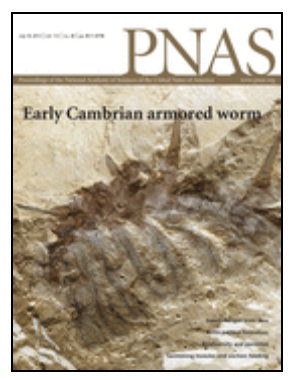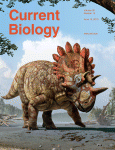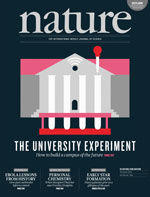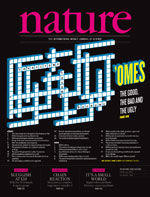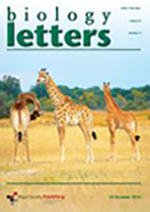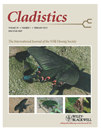Citation:
J. Ortega-Hernandez. 2015. “Homology of head sclerites in Burgess Shale euarthropods.” Current Biology, 25, Pp. 1625-31.
Abstract:
The Cambrian fossil record of euarthropods (extant arachnids, myriapods, crustaceans, hexapods) has played a major role in understanding the origins of these successful animals and indicates that early ancestors underwent an evolutionary transition from soft-bodied taxa (lobopodians) to more familiar sclerotized forms with jointed appendages [1-3]. Recent advances in paleoneurology and developmental biology show that this major transformation is reflected by substantial changes in the head region of early euarthropods, as informed by the segmental affinity of the cephalic appendages [1, 4-6]. However, data on the implications of this reorganization for non-appendicular exoskeletal structures are lacking, given the difficulty of inferring the precise segmental affinities of these features. Here, I report neurological remains associated with the stalked eyes and "anterior sclerite" in the (middle Cambrian) Burgess Shale euarthropods Helmetia expansa and Odaraia alata and provide evidence that these features are associated with nerve traces originating from the anterior brain region, the protocerebrum. The position of the protocerebral ganglia in exceptionally preserved Cambrian euarthropods indicates the homology of the anterior sclerite in extinct groups (e.g., fuxianhuiids, bivalved forms, artiopodans [7, 8]) and allows new comparisons with the dorsal cephalic plate of radiodontans, large nektonic predators whose anterior segmental organization bears fundamental similarities to that of Paleozoic lobopodians [1, 6, 9, 10]. These observations allow reconstruction of the segmental architecture of the head region in the earliest sclerotized euarthropods and demonstrate the deep homology between exoskeletal features in an evolutionary continuum of taxa with distinct types of body organization.Notes:
Ortega-Hernandez, Javier eng Research Support, Non-U.S. Gov't England 2015/05/12 06:00Curr Biol. 2015 Jun 15;25(12):1625-31. doi: 10.1016/j.cub.2015.04.034. Epub 2015 May 7.See also: Journal Articles

